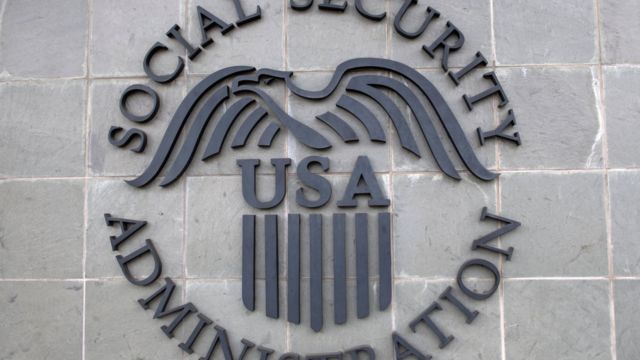The Social Security Administration’s (SSA) announcement of a 2.5% Cost of Living Adjustment (COLA) for 2025 has left many beneficiaries questioning how they will manage rising expenses. While past increases tied to pandemic-era inflation provided temporary relief, the modest 2025 adjustment is raising doubts about its sufficiency, especially in the face of inflationary pressures and rising Medicare costs.
A Drop in Relief for Vulnerable Groups
Beneficiaries of Supplemental Security Income (SSI) and Social Security Disability Insurance (SSDI), often among the most financially vulnerable, are particularly anxious. Alongside the modest COLA, the increase in Medicare Part B premiums—about $10 monthly—will consume a significant portion of the average $50 monthly benefit rise. This leaves limited room for other essential expenses, exacerbating financial strain.
The Broader Impact of the COLA
Research from legal firm Atticus highlights the depth of concern among recipients. A study conducted before the COLA announcement revealed that three in five disability beneficiaries worried about their future financial stability. Nearly 60% of respondents indicated they might seek additional income sources, despite risks to their benefits and quality of life.
The study also noted widespread dissatisfaction with how COLA adjustments are calculated. A majority (58%) believe COLAs should more accurately reflect living costs. Nearly half of the respondents advocated for enhanced financial support for healthcare and housing or a guaranteed minimum benefit level—suggestions unlikely to gain traction in Congress.

Darcy Milburn, director of Social Security and healthcare policy at The Arc of the United States, emphasized the need for broader reforms, noting that outdated rules keep SSI beneficiaries trapped in poverty and penalized for financial or marital milestones.
Perspectives on the COLA and Inflation
Some experts view the lower COLA as a sign of positive economic trends. Cliff Ambrose, founder of Apex Wealth, argues that lower inflation, which drives smaller COLAs, stabilizes prices and reduces the need for larger benefit adjustments. “While a smaller COLA may seem unfavorable, the slowing inflation tied to it ensures retirees’ dollars stretch further,” he explained.
However, advocacy groups and beneficiaries remain unconvinced. Shannon Benton, executive director of the Senior Citizens League (TSCL), called for a minimum COLA of 3% to ensure financial dignity for retirees.
Financial Pressures Mount for Retirees
Amid rising concerns, a poll conducted by The Motley Fool on October 11 revealed that half of the 2,000 American retirees surveyed are considering reentering the workforce to supplement their incomes.
The debate over the adequacy of COLA adjustments underscores a broader challenge: balancing inflation control with ensuring financial stability for millions of Americans who depend on Social Security benefits. As Congress continues to debate reforms, beneficiaries are left navigating an uncertain financial future.

























+ There are no comments
Add yours